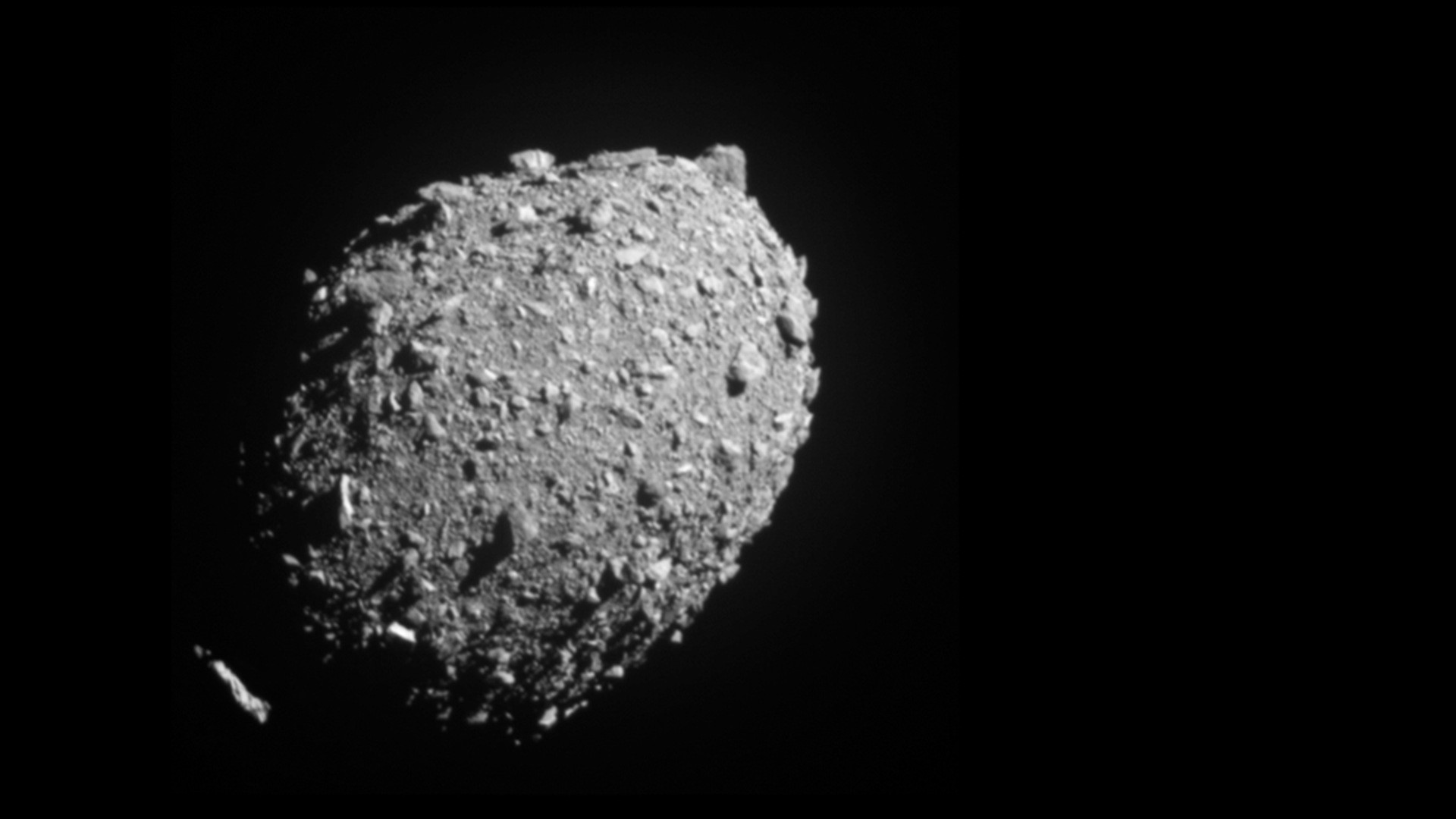Scaling Down Basic Memory Storage Units To 4 x 16 Nanometers
Today’s computers store one bit on 1 million atoms; scientists at IBM Germany and the German Center for Free Electron Laser Science have developed a method for storing the same amount of data on just 12 atoms. In typical fashion, by turning the process of data storage on its head, new methods and greater capacities have been discovered. In other words, computer scientists have depended on existing materials to deliver a corresponding memory capacity; now they are building memory technology from the ground up, atom by atom, leading to breakthroughs that will enable them to keep up with “Moore’s Law.”
Antiferromagnetic (ADS) vs. Ferromagnetic (FM) Data Storage
IBM engineers are using tools, including a Scanning Tunnelling Microscope (STM), that allow them to understand the properties of single atoms and small clusters of atoms. They have discovered that 12 atoms can act as a single magnetic unit and therefore as a storage unit as well. Using ADS, a special form of magnetism is used for data storage instead of the current standard, FM. The spins of atoms are adjusted to allow closer spacing of atom rows without magnetic interference.
The following video explains the breakthrough in detail:






